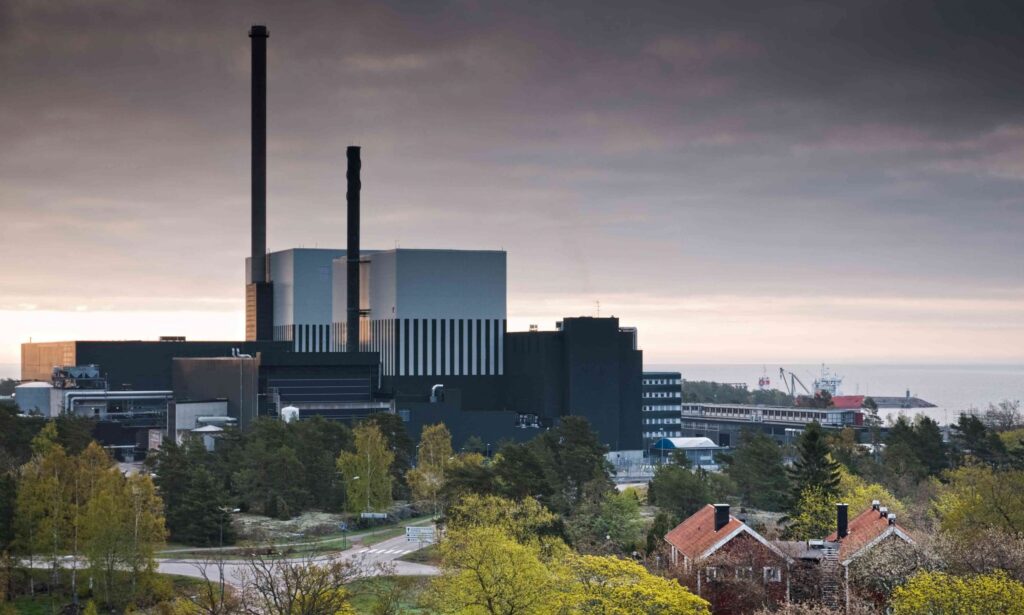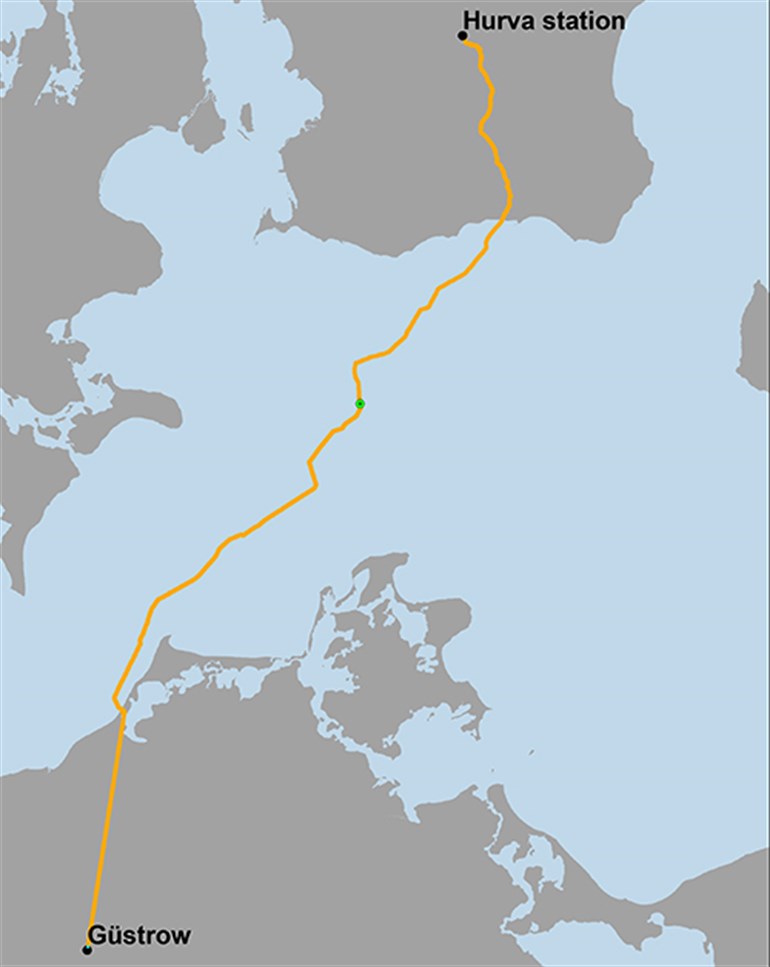– This year’s report shows that, since our last survey, industry has postponed investments, and thus electricity demand, with a few years. We now believe that the electricity demand we previously saw in 2030 will arrive in 2032. This is partly due to uncertainties about the electricity supply. To ensure a competitive industry, we need to invest in new electricity generation and the expansion of the electricity grid,’ says Johan Bruce, Head of Operations SKGS.
Sweden has a uniquely good starting point in the climate transition with an almost completely fossil-free electricity system and significant net exports. The availability of fossil-free electricity is the basis for the major investments that the Swedish industry is now making. The mapping shows that an additional 88 TWh is needed to meet the industry’s electricity demand in 2035. This is basically a doubling compared to today.
– To meet the electricity supply, Sweden’s electricity generation needs to increase by 3-5 TWh per year until 2035. In addition, the electricity grid must be expanded at the same rate so that industry and other electricity users in different parts of the country can have access to electricity,’ says Johan Bruce.
- Steel and metal works will increase their electricity demand from 7 to 42 TWh/year, mainly by replacing fossil coal with hydrogen as iron ore reduction and steel production become fossil-free.
- The chemical industry, refineries and electrofuels increase their combined electricity demand from 5 to 38 TWh/year. The refining and electrofuel industries account for a significant increase in electricity demand, from 1 to 28 TWh/year. However, there is considerable uncertainty about the planned investments. The electricity demand of the chemical industry increases from 4 to 10 TWh.
- The combined electricity demand of the mining and earth and stone industries will increase from 5 to 11 TWh/year, as a result of the phasing out of diesel in machinery and increased production.
- The forest industry, which is currently by far the largest electricity user, will not increase its electricity demand as much, from 18 to 24 TWh/year. The forest industry is suitable for bio-CCS, which in the long term may increase the industry’s electricity demand.
- The technology industry will increase its electricity demand from 5 to 12 TWh, with battery production accounting for most of the increase in electricity demand.
- Other industry, which includes the food and wood products industry and other small-scale industry, is not expected to increase its electricity demand more than marginally.
Electricity demand will increase most in northern Sweden, where investments in fossil-free iron and steel in particular require electricity to produce the large amounts of hydrogen needed to replace fossil energy in manufacturing processes.
– In the southern half of the country, we already have a growing electricity deficit. It is not only in Norrbotten that electricity-intensive industries are establishing themselves. In the mapping, we see a sharp increase in electricity demand in Västra Götaland. This highlights the need for investment in electricity grids and electricity generation throughout the country,’ says Johan Bruce.



